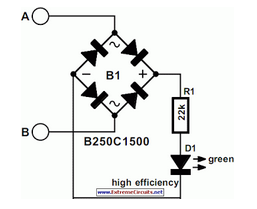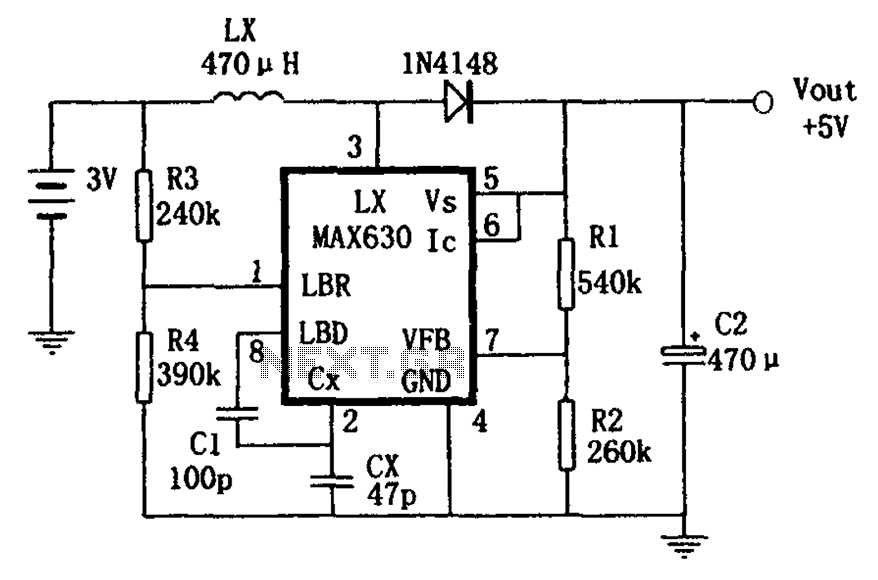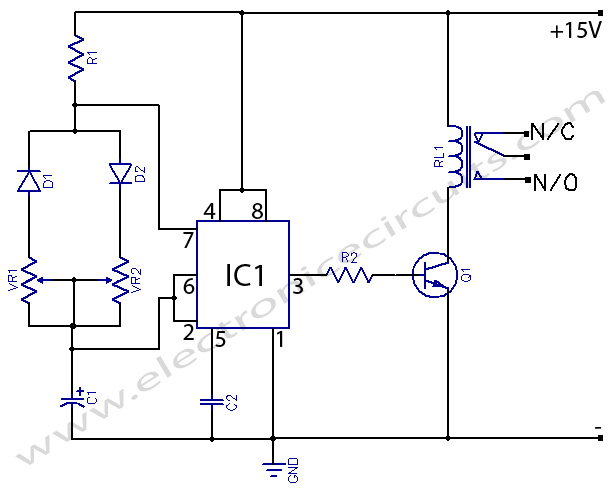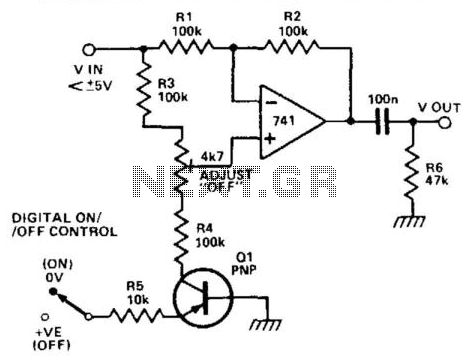
Modem Off Indicator

The modem off indicator is designed specifically for avid Internet users. It is evident that the circuit for this indicator is quite simple.
The modem off indicator serves a crucial function for users who rely heavily on internet connectivity. This circuit is designed to provide a visual cue when the modem is powered off or not functioning, thereby preventing interruptions in internet usage.
The basic components of the modem off indicator circuit typically include a light-emitting diode (LED), a resistor, and a power supply connected to the modem. When the modem is operational, the LED remains off, indicating that the modem is functioning correctly. Conversely, when the modem is powered down, the LED illuminates, signaling to the user that there is no active internet connection.
To construct this circuit, the LED is connected in series with a resistor to limit the current flowing through the LED, ensuring it operates within safe parameters. The resistor value can be calculated based on the supply voltage and the forward voltage drop of the LED, using Ohm's law.
For optimal performance, it is recommended to use a high-brightness LED to ensure visibility in various lighting conditions. Additionally, the circuit can be designed to integrate with the modem's power supply, allowing the indicator to function seamlessly without the need for an external power source.
Overall, the simplicity of the modem off indicator circuit does not detract from its effectiveness; rather, it highlights the importance of clear communication between the user and their internet connectivity status.The modem off indicator is intended especially for serious Internet surfers. It will be seen that the circuit of the indicator cannot be much simpler, or.. 🔗 External reference
The modem off indicator serves a crucial function for users who rely heavily on internet connectivity. This circuit is designed to provide a visual cue when the modem is powered off or not functioning, thereby preventing interruptions in internet usage.
The basic components of the modem off indicator circuit typically include a light-emitting diode (LED), a resistor, and a power supply connected to the modem. When the modem is operational, the LED remains off, indicating that the modem is functioning correctly. Conversely, when the modem is powered down, the LED illuminates, signaling to the user that there is no active internet connection.
To construct this circuit, the LED is connected in series with a resistor to limit the current flowing through the LED, ensuring it operates within safe parameters. The resistor value can be calculated based on the supply voltage and the forward voltage drop of the LED, using Ohm's law.
For optimal performance, it is recommended to use a high-brightness LED to ensure visibility in various lighting conditions. Additionally, the circuit can be designed to integrate with the modem's power supply, allowing the indicator to function seamlessly without the need for an external power source.
Overall, the simplicity of the modem off indicator circuit does not detract from its effectiveness; rather, it highlights the importance of clear communication between the user and their internet connectivity status.The modem off indicator is intended especially for serious Internet surfers. It will be seen that the circuit of the indicator cannot be much simpler, or.. 🔗 External reference





